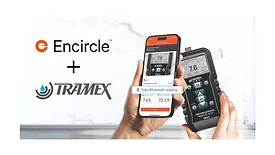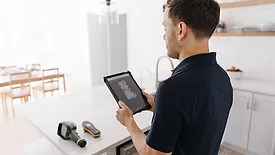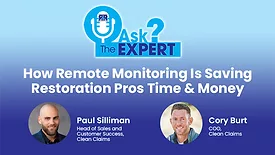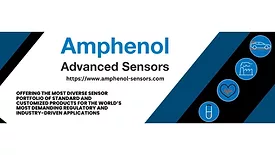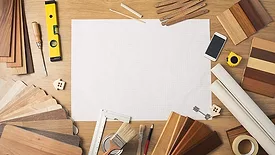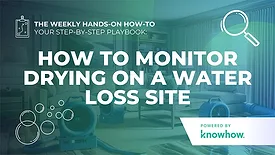Home » moisture detection and monitoring
Articles Tagged with ''moisture detection and monitoring''
Encircle and Tramex Transform Moisture Data Collection for Restoration Contractors
New integration automates moisture readings, reducing errors and speeding up water mitigation workflows
June 24, 2025
Moisture Meters 101: Choosing, Using and Maintaining the Right Tools
Master moisture meter types, usage and care to ensure accurate readings for all your jobs
Read More
Ask the Expert
How Remote Monitoring Is Saving Restoration Pros Time & Money
Learn how to track jobs remotely and cut manual field documentation in half
Read More
Protimeter Announces the Release of the New Protimeter Aquant
Discover the most reliable and easy-to-use non-invasive moisture meter on the market today: the Protimeter Aquant.
November 22, 2024
New Product Announcement! Introducing the Protimeter Digital Mini
Introducing the Next-Generation Protimeter Digital Mini: Advanced Pin Moisture Measurement Technology
October 22, 2024
Protimeter Unveils the Next-Generation Surveymaster Moisture Meter
Introducing the 5th Generation Dual-Function Moisture Meter with Enhanced Features and Bluetooth Connectivity
October 4, 2024
Stay ahead of the curve with our eNewsletters.
Get the latest industry updates tailored your way.
JOIN TODAY!Copyright ©2025. All Rights Reserved BNP Media.
Design, CMS, Hosting & Web Development :: ePublishing

